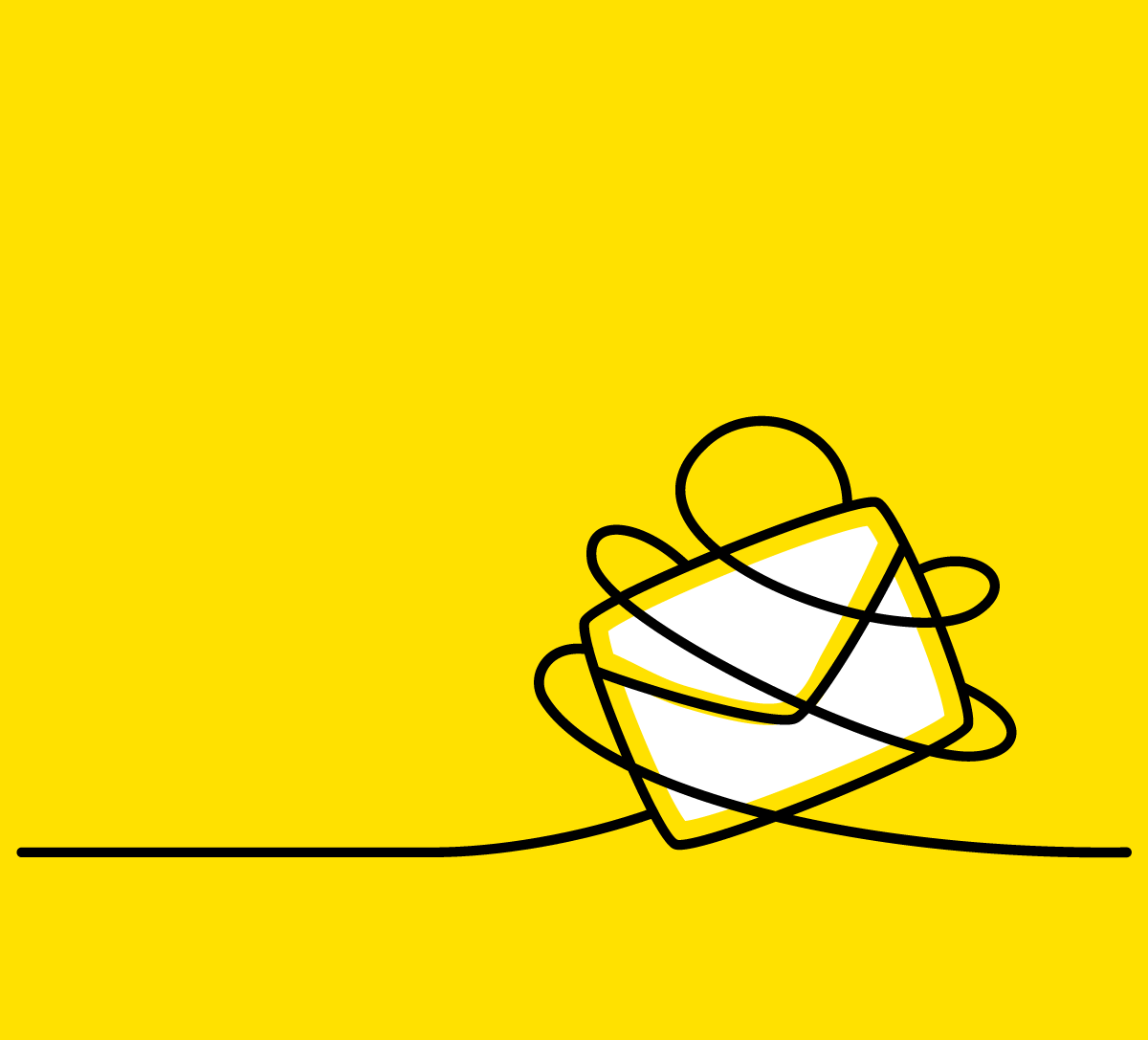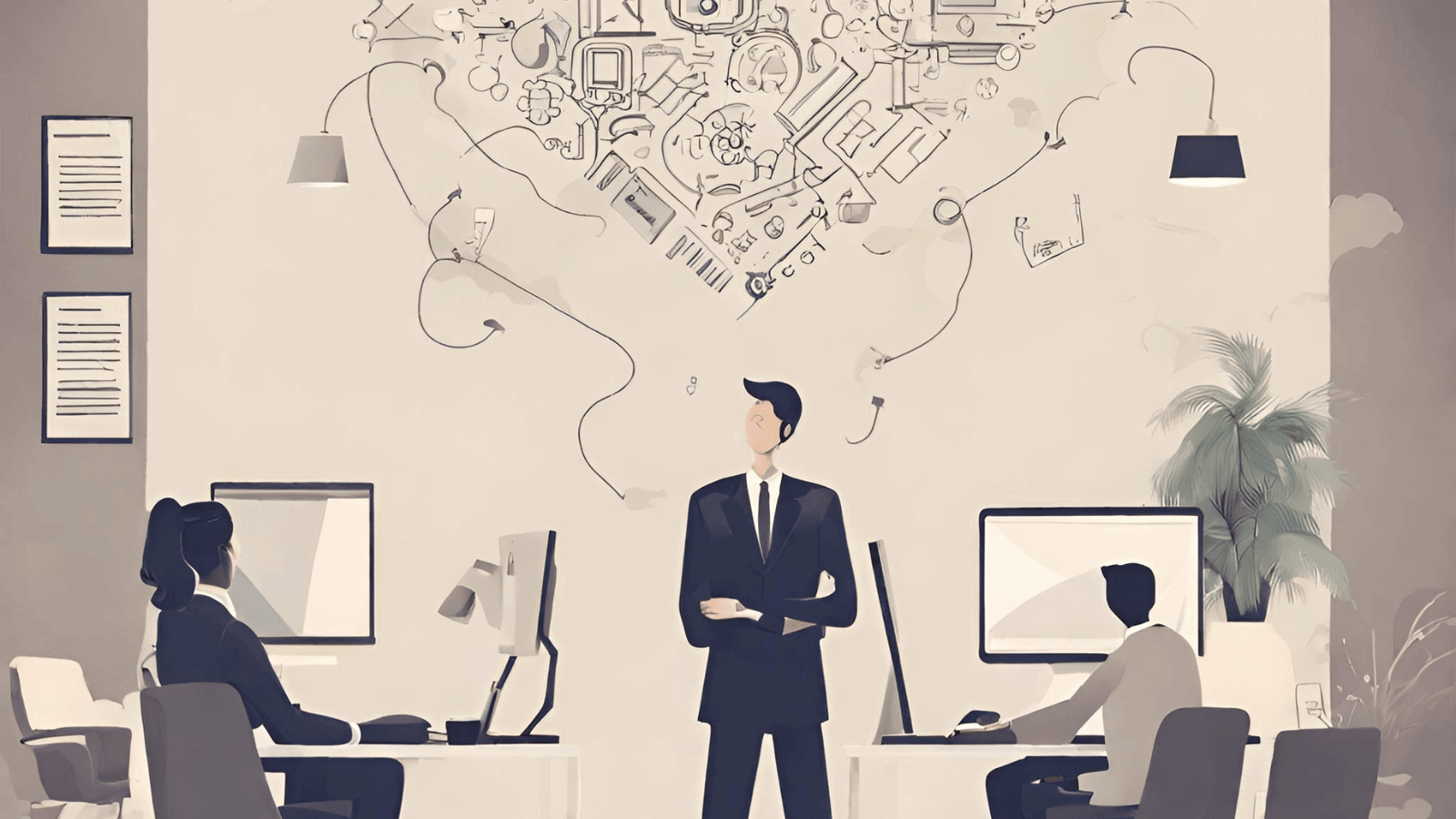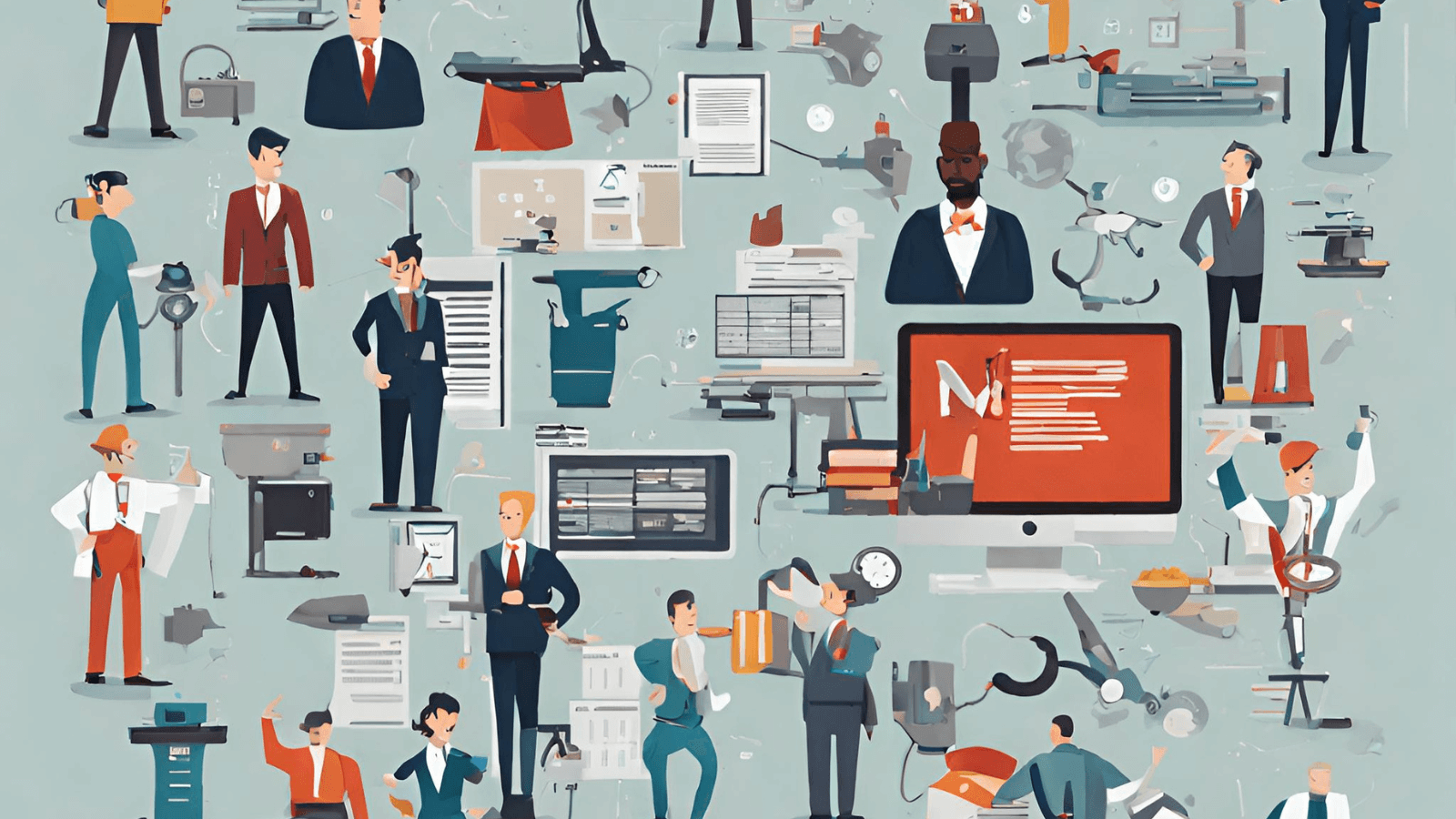One of the common challenge employees face is how to manage?e-mails, not be managed by it. Time is a zero sum game. You can spend your precious time on an e-mail or spend it on doing something else. ?As on date e-mail is the most heavily used mode of business communication. As per a research corporate e-mail users on average receive 126 e-mails per day (excluding spam) and spend more than 41% of their time managing e-mail.
Most of the corporate staff is drowning in email tsunamis; they are just overwhelmed with the load.What can you do??These ten tips will help?you in?managing e-mail overload.
Take time to draft the subject line in e-mail
The subject line of an?e-mail should summarize the message; it has to be specific and crisp. Use the subject field to briefly summarize the content of the e-mail. This allows the recipient to prioritize e-mails and to find them later when they are archived. You can change the subject line as the subject of the e-mail thread changes.? As you send each e-mail, ask yourself, ?Does the subject line accurately summarize the message??
In today?s world most of the business people use handhelds to look at e-mail, the screens are short and 50 words subject would be a sure shot disaster to view.
Be clear and concise in e-mail
You should be clear as to why you are writing the e-mail so that the reader gets to the crux fast.
- Give the reader the full context and main idea in the beginning of the e-mail. This allows the recipient to respond and prioritize more easily, and saves them from having to scroll through numerous previous messages.
- Keep the message in the e-mail short and to the point.? Keep in mind the time constraints of your co-workers.
- Limit yourself to one issue per e-mail.? This encourages each topic to be addressed separately and helps in sorting and prioritizing.
- Avoid using irony and hints in your e-mail.? It is more difficult to discern subtleties in text.? Avoid misinterpretation by writing clearly.
- If no reply is necessary, say so.? This eliminates confusion, saves the recipient time, and decreases overall volume of e-mail.
e-mail Layout
Reading on a screen is different form reading a print out. Try to keep the paragraphs short and do leave a space in between to increase visual clarity in an e-mail. Some pointer to keep in mind
- Avoid using Capital letters in an?e-mail, it is considered to be very rude.
- Don?t go overboard with exclamation marks! in an?e-mail?, save them for an occasional congratulations
- Try avoiding fancy and artistic fonts in e-mail, they are hard to read
- Stick to black font color in an?e-mail??? blue is the standard when you are responding to an email
- Avoid using emoticons and abbreviations in business e-mail ? reserve them for FB chat
Try to close the loop in e-mail
E-mails often have several action items and queries. Make sure you address all the items in your response. Failure to do so will result in an e-mail ping pong and it will cost you time and energy. In case you don?t have the answer, be forthright about it.
Include the Message in e-mail
While replying to the e-mail it is best to choose the Reply button, if you click the new mail option, the e-mail thread will not be included. Including the thread gives the recipient background to the email.
Read twice before sending
In most of the countries an?e-mail is considered to be a piece of evidence in the court of law. Whatever you write can be held against you. Desist writing an emotionally charged e-mail. It will be on record and the other party may use it against you in the future.? If sending a stern and direct e-mail is important- a good way is to first send it yourself and then read it before sending it again to the intended recipient. This five minute activity works wonders when you are boiling in anger.
TO & CC dilemma
When you are sending an e-mail to multiple people, address your expectations and needs to each person.?You should State your expectations. Be clear on what the recipient(s) is expected to do, and how and when you would like their response.
- ?To? should be used for the primary recipients.
- ?cc? (carbon copy) should be used when you want to keep someone informed regarding a particular issue, but do not require the person to act upon your e-mail. Before you cc a person, ask yourself, ?Is the purpose to keep someone generally informed of what you are doing??? If so, send a separate single status report rather than a large volume of cc e-mails.? A directed e-mail is more efficient and more likely to get attention from the recipient.
- ?bcc? (blind carbon copy) should not be used.? Information relevant to the copied person should be sent separately.
Managing Attachments in e-mail
You don?t want to send heavy attachments vide e-mail; it consumes a lot of bandwidth. While you may want to share the photos of an office party with all your colleagues, imagine if your entire office was downloading the entire 20 MB file at one time. The system can come to a grinding halt and you may miss on important emails. It?s best to use a share drive or upload it to Picasa.
In case you have an Attachment in the e-mail, Call attention to the attachment in the message, explain why you included it, and make clear what you expect the reader to do with it.
Managing e-mails
Most of the people have difficulty reigning in the impulse of constantly responding to e-mails. This perpetual multitasking reduces effectiveness, unless your role is to reply to email’s only (Helpdesk/ escalation point).
- If possible designate an?e-mail time.Check your e-mail at predetermined times and alert your co-workers as to your timing. When you do check your in-box, sort and prioritize the new e-mails, and decide if the e-mail should be handled immediately or later.
- The ?Auto-Check? function should be turned off at all times.Remove visible and audio notifications as they often prove distracting.
- Use flags to mark e-mails to address later. Decide which colour is most important to separate the ?to do? e-mails.
- Research indicates that more than 53% of the e-mail you receive is not a high priority to you. However we still tend to read and respond to these ?easy? or low priority e-mail first. These unimportant e-mail distract you and take your time and focus away from the e-mail that are really important and awaiting your immediate attention – Prioritize, Prioritize, Prioritize!
How to use FYI
FYI (For Your Information) should be used in the subject row when a message is forwarded to colleagues.? This makes it faster and easier to prioritize messages in the inbox and to apply rules for incoming messages.
It is in our hands to be a slave to the technology or use it to increase our productivity;an e-mail is one of such great tools. If you do not tame it early on you will spend a lifetime catching up with?e-mail overload. E-mail is simultaneously the most used business application and the number one killer of productivity.The choice is in your hands.
Jappreet Sethi











Excellent website !